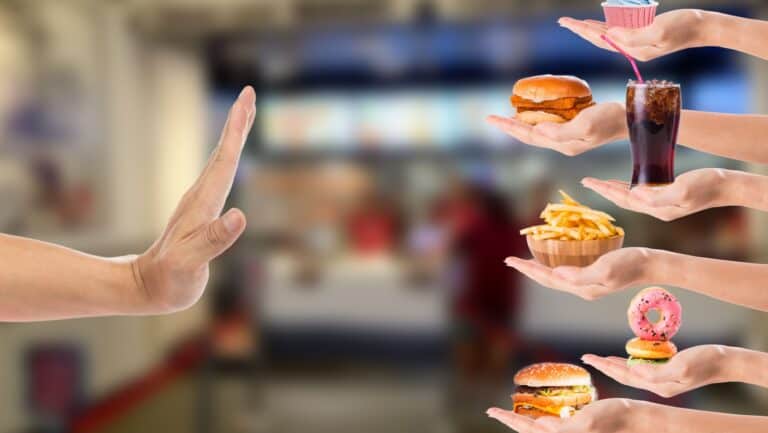8 Foods That Turn Toxic When Microwaved
We’ve all been there: staring into the fridge, exhausted, thinking, “Thank goodness for the microwave.”
It’s the undisputed hero of quick meals and midnight snacks. In fact, the U.S Bureau of Labor Statistics reports that over 90% of American households have one, making it a cornerstone of the modern kitchen. But here’s the thing. While your microwave is a master of convenience, it’s not always your friend when it comes to food safety.
The reality is, some common foods can develop harmful bacteria, create compounds linked to serious illness, or become physically dangerous when you hit that ‘start’ button. This isn’t just a minor issue; the federal government estimates that foodborne illnesses strike 48 million Americans every year—that’s 1 in 6 people getting sick from something they ate.
So, let’s pull back the curtain on that trusty appliance. Here are eight foods you should think twice about ever putting in the microwave.
Processed meats can create compounds linked to disease

Your go-to microwaveable hot dog or slice of bacon could be forming some nasty stuff when heated. We’re talking about foods like bacon, lunch meat, sausages, and hot dogs.
These products often contain preservatives, such as sodium nitrite, to keep them fresh and flavorful. When you blast them with microwave radiation, these preservatives can react with the meat, forming compounds called nitrosamines. The International Agency for Research on Cancer (IARC) classifies these as “probably carcinogenic to humans.”
But that’s not all. Microwaving also triggers the formation of Cholesterol Oxidation Products (COPs). A 2015 study found that microwaved sausages produced the highest levels of COPs compared to other cooking methods. These compounds have been linked to coronary heart disease, inflammation, and plaque buildup in your arteries.
The safest bet? Gently heat them in a pan on the stove or, even better, enjoy them cold.
Chicken can leave you with a nasty surprise

Reheating that leftover chicken seems harmless, but the microwave’s biggest weakness could leave you seriously sick.
Microwaves are famous for heating food unevenly. The U.S. Food and Drug Administration(FDA) confirms they don’t cook from the “inside out,” creating dangerous “cold spots” in thicker foods like chicken.
These cool pockets are the perfect breeding ground for bacteria like Salmonella to survive and multiply.
You might think, “It’s already cooked, what’s the big deal?” But once food cools, it can become a playground for bacteria. Reheating isn’t just about making it warm; it’s about making it safe again. For a truly safe meal, use the oven or stovetop for even, direct heat.
That leftover rice could lead to food poisoning
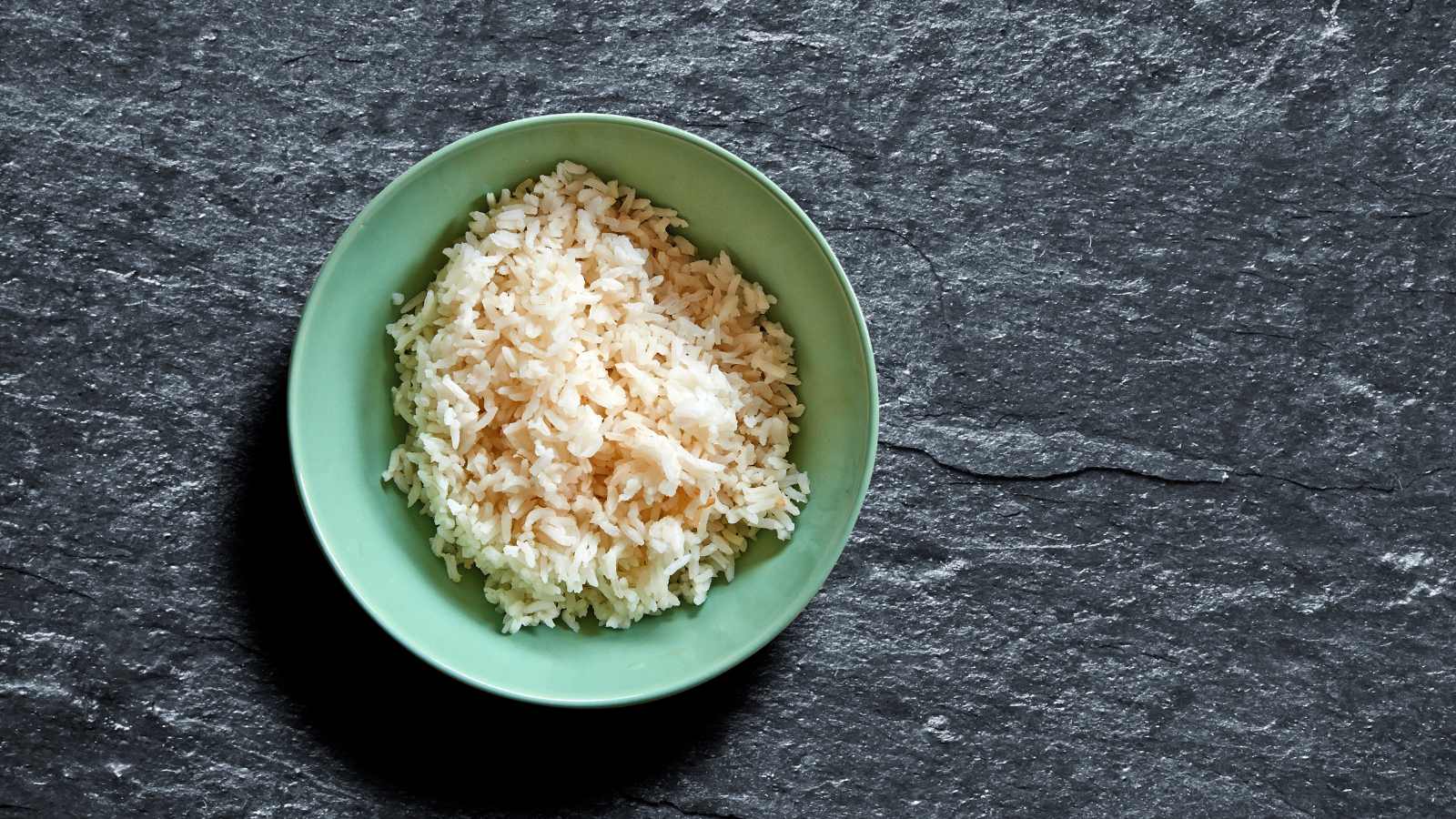
It’s a staple of leftovers everywhere, but mishandled rice can cause a nasty illness known as “Reheated Rice Syndrome.” Here’s the deal: raw rice often carries spores of a bacterium called Bacillus cereus. These spores are tough little survivors and can easily make it through the initial cooking process.
The real danger isn’t the reheating—it’s what happens before. If you leave cooked rice sitting at room temperature for more than an hour or two, those spores can wake up, multiply, and produce heat-stable toxins.
And here’s the kicker: zapping the rice in the microwave might kill the new bacteria, but it will not destroy the toxins they’ve already created. The problem isn’t the microwave; it’s the time your rice spent sitting on the counter. By the time you nuke it, the damage may already be done.
To stay safe, cool rice quickly (ideally within an hour) and store it in the fridge in an airtight container. And never, ever reheat it more than once.
Baked potatoes pose a rare but serious risk

A leftover baked potato seems innocent, but if handled wrong, it can harbor the bacteria that cause botulism—a rare but potentially fatal illness.
Potatoes grow in the soil, which means they can carry spores of Clostridium botulinum. These spores can survive the heat of your oven. The perfect storm for this bacterium is a low-oxygen environment. Wrapping a potato in aluminum foil creates exactly that. If that foil-wrapped potato is then left to cool on the counter, the spores can germinate and produce the deadly botulism toxin. In 1994, an outbreak in El Paso, Texas, sickened 30 people from a dip made with potatoes handled this way.
Microwaving it later won’t save you. The heat kills the bacteria, but it doesn’t destroy the potent toxin that has already formed. The simple fix? Serve your baked potatoes right away or, if you’re saving them, always remove the foil before putting them in the fridge.
Leafy greens might not be so healthy after a zap
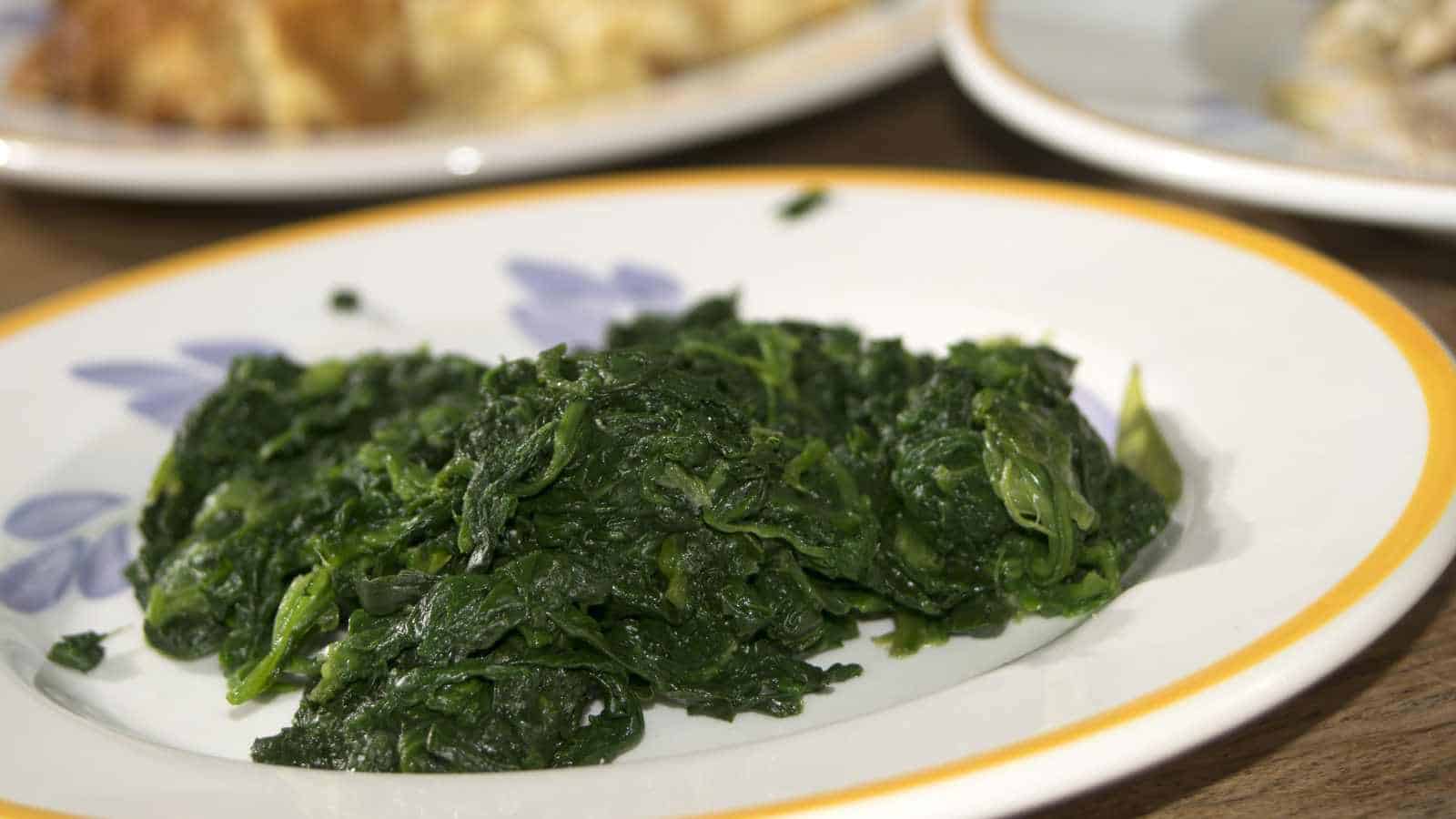
Loading up on spinach and kale is great, but microwaving those leftovers could convert healthy compounds into something harmful. Leafy greens like spinach, kale, and celery are naturally rich in compounds called nitrates. While nitrates are harmless on their own, high heat can convert them into nitrites.
Once they become nitrites, they can potentially form nitrosamines, which studies show can be carcinogenic. Now, before you swear off spinach forever, it’s important to know that veggies also contain antioxidants like vitamin C that help block this conversion. The risk is much higher in processed meats, which lack these protective compounds.
Still, to be extra safe, it’s best to avoid zapping these greens. Gently reheat them in a pan on the stove or enjoy them cold in a salad.
Hot peppers can basically pepper-spray your kitchen
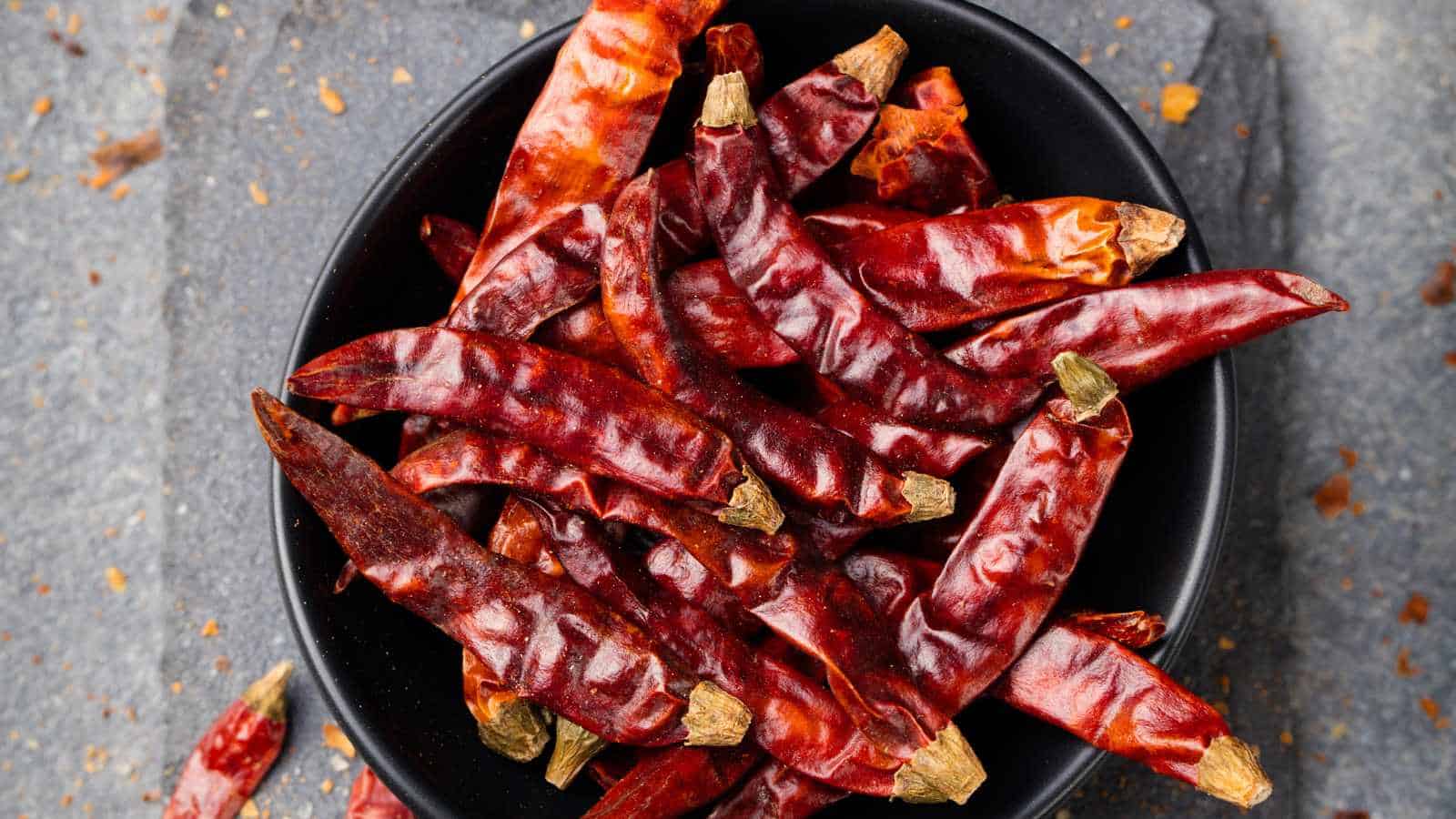
This one isn’t about hidden toxins—it’s about turning your microwave into a weapon that attacks you the second you open the door.
The spicy kick in chili peppers comes from a compound called capsaicin. When you nuke a hot pepper, the intense heat vaporizes this capsaicin, turning it into an aerosol that fills the enclosed space of your microwave.
The moment you open that door, you get a blast of chemical-laden steam straight to the face. It can burn your eyes, throat, and lungs. If you need to cook or soften peppers, use a grill or a pan on the stovetop where the fumes can safely dissipate.
Hard-boiled eggs become tiny pressure bombs
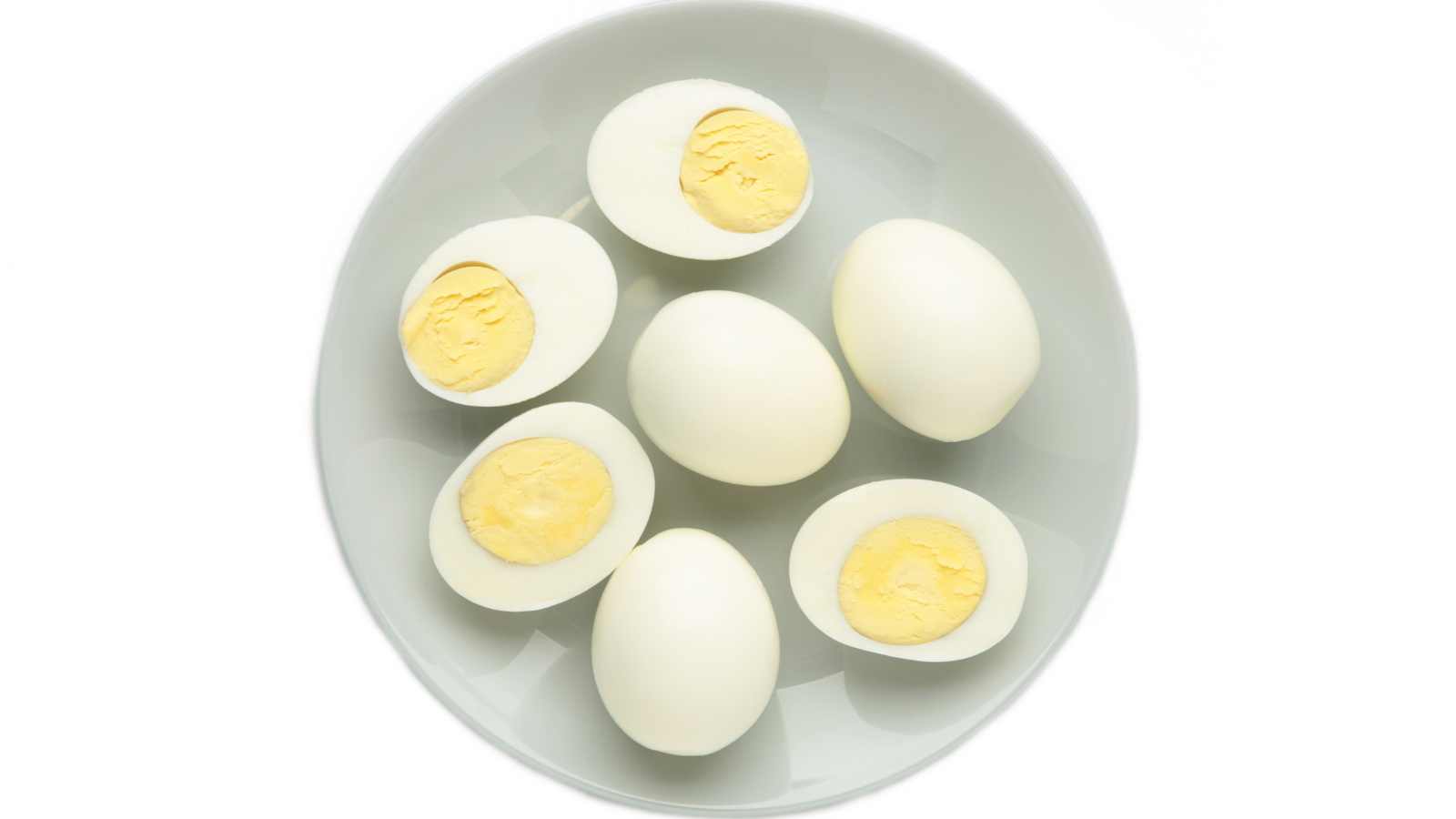
Trying to warm up a hard-boiled egg in the microwave is a recipe for a loud, messy, and potentially painful disaster.
Here’s why: a microwave heats so quickly that the moisture inside the egg turns into powerful steam. The egg white and shell trap this steam, causing pressure to build up like in a “miniature pressure cooker.”
Eventually, the pressure becomes too much, and the egg explodes. The scariest part? It might not explode inside the microwave. The explosion can happen after you take it out, right when you pierce it with a fork or bite into it, sending scalding hot egg everywhere.
If you must, slice the egg into quarters before microwaving to let the steam escape. Or, even better, just place it in a cup of hot water for a few minutes to warm it gently.
Breast milk and baby formula lose their magic
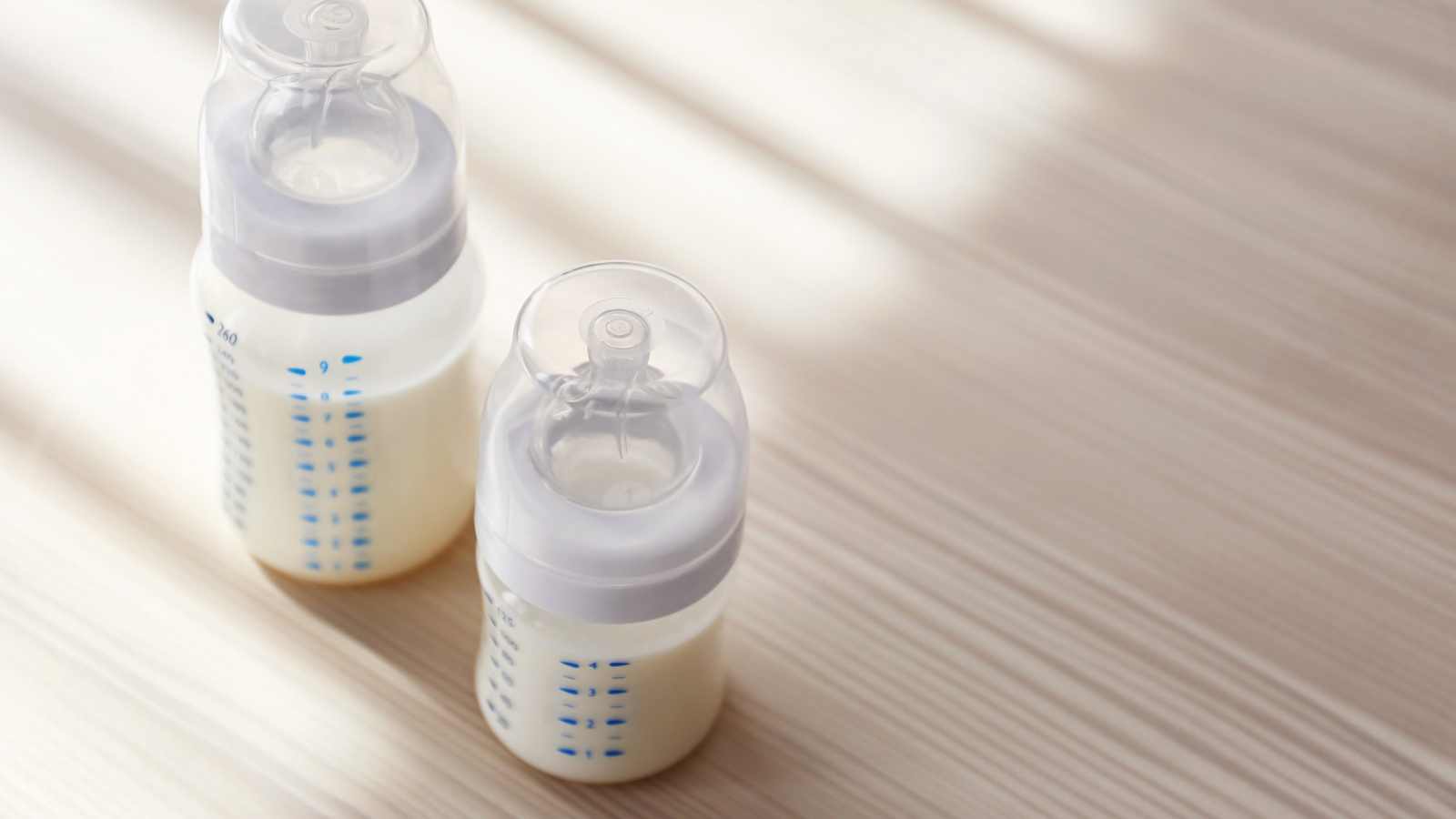
For parents, the microwave might seem like a lifesaver for warming a bottle, but health authorities like the CDC strongly advise against it.
There are two major risks. First, microwaves heat liquids unevenly, creating hidden “hot spots” that can be scalding, even if the bottle feels lukewarm. These can seriously burn a baby’s sensitive mouth and throat.
Second, the intense heat can destroy vital nutrients and immune-boosting antibodies in breast milk. According to a study by Sharron Bransburg-Zabary, breast milk shouldn’t be heated above 104°F to preserve its quality.
The CDC’s official recommendation is clear: “Never thaw or heat breast milk in a microwave.” The safest way to warm a bottle is to place it in a bowl of warm water or hold it under warm, running tap water for a few minutes.
This article was developed with the assistance of AI and was subsequently reviewed, revised, and approved by our editorial team.
Why investing for retirement is so important for women (and how to do it)

Why investing for retirement is so important for women (and how to do it)
Retirement planning can be challenging, especially for women who face unique obstacles such as the wage gap, caregiving responsibilities, and a longer life expectancy. It’s essential for women to educate themselves on financial literacy and overcome the investing gap to achieve a comfortable and secure retirement. So, let’s talk about why investing for retirement is important for women and how to start on this journey towards financial freedom.
Science Tells Us What To Expect As We Age: Strategies for Thriving in Later Life

Science Tells Us What To Expect As We Age: Strategies for Thriving in Later Life
How does aging affect our bodies and minds, and how can we adapt to those differences? These are questions that pertain to us all. Aging gradually alters people over decades, a long period shaped by individuals’ economic and social circumstances, their behaviors, their neighborhoods, and other factors. Also, while people experience common physiological issues in later life, they don’t follow a well-charted, developmentally predetermined path. Let’s take a look at what science has told us to expect.




